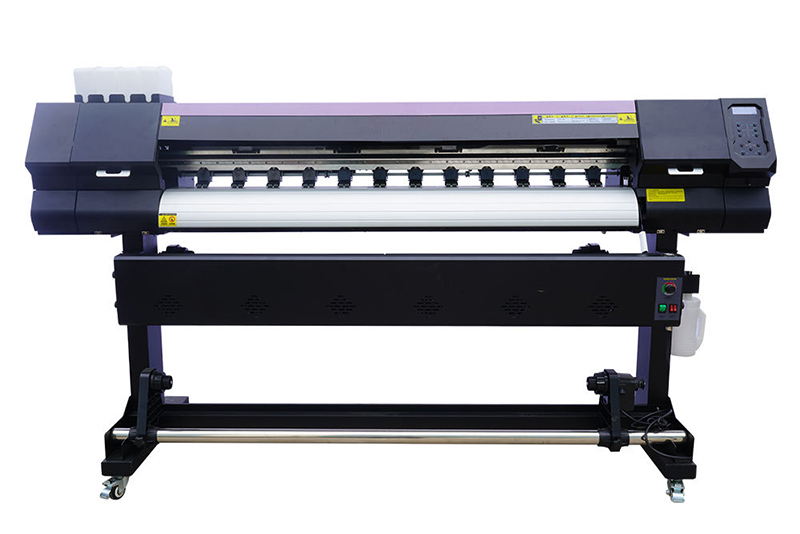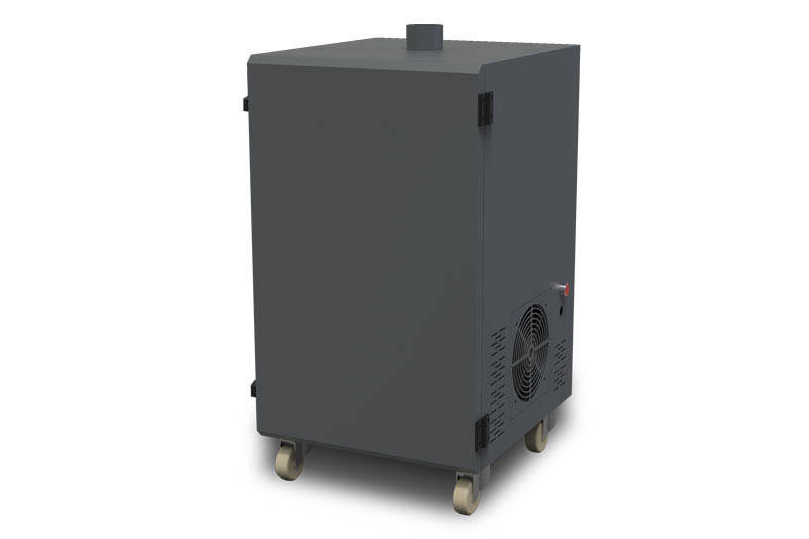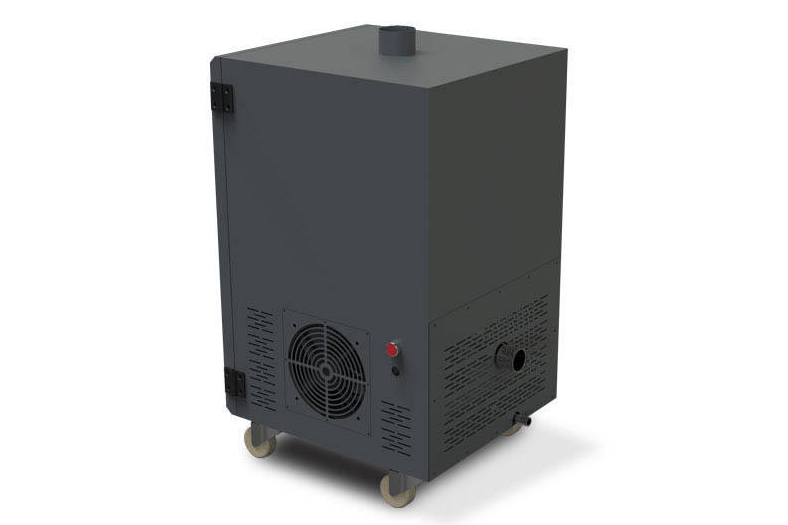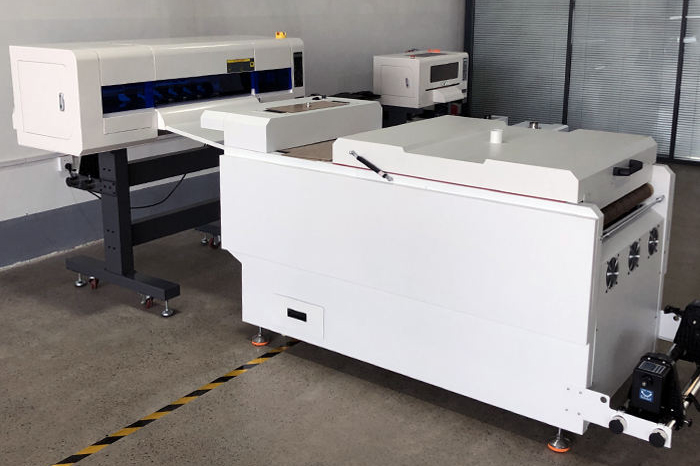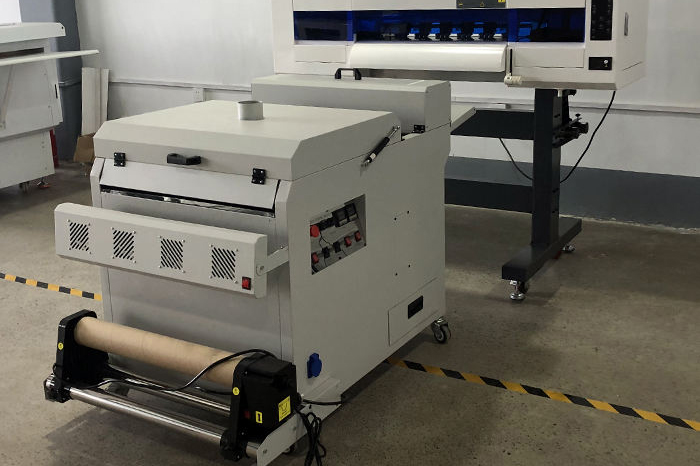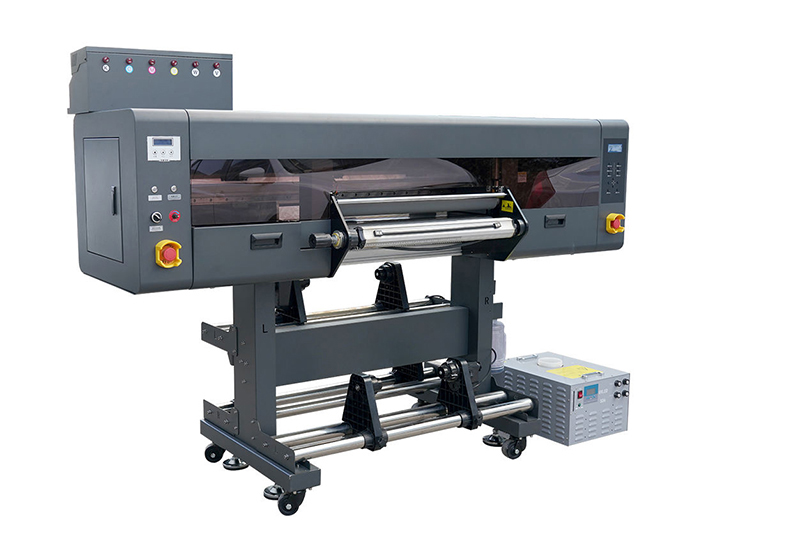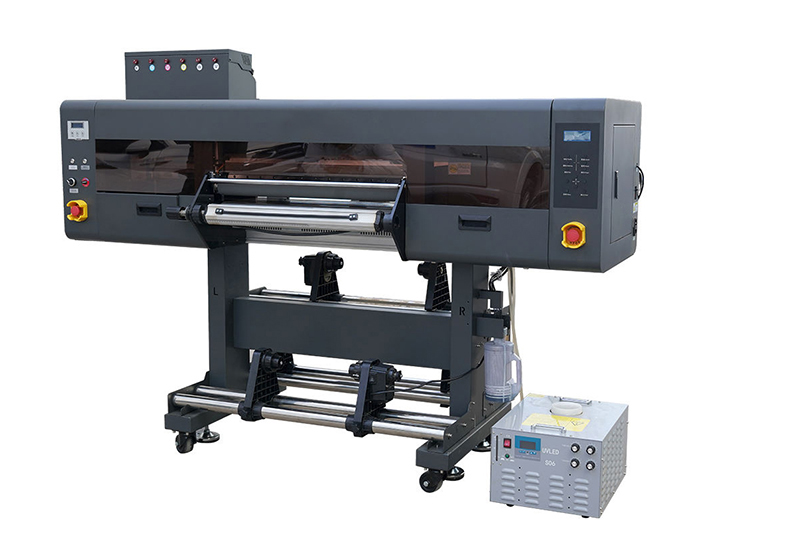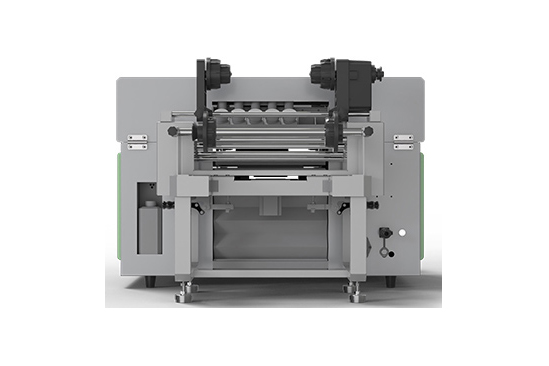While digital sublimation printers are generally reliable, occasional issues may arise during their operation. Here are some common troubleshooting techniques to address potential problems with digital sublimation printers:
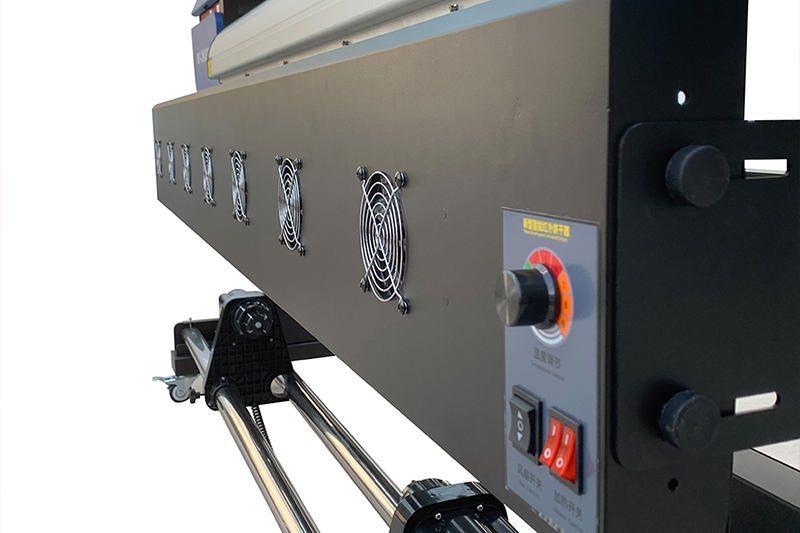
1. Print Quality Issues:
Issue: Poor print quality, such as banding, streaks, or color inconsistencies.
Troubleshooting:
- Check the printhead nozzles for clogs or blockages. If necessary, perform a printhead cleaning cycle according to the manufacturer's instructions.
- Ensure that the print settings, such as resolution and print mode, are appropriate for the substrate and desired print quality.
- Use genuine sublimation inks and high-quality transfer paper that are compatible with your printer.
- Calibrate the printer and perform color management to ensure accurate color reproduction.
2. Paper Jams:
Issue: Paper jams during printing or feeding.
Troubleshooting:
- Check for any paper debris or obstructions in the paper path. Carefully remove any debris and clean the paper feed rollers.
- Ensure that the paper is loaded correctly and that the paper guides are properly adjusted to match the paper size.
- Use high-quality transfer paper that is compatible with your printer and ensure that it is not too thick or too thin for the printer's specifications.
- Avoid overloading the paper tray. Only load the recommended number of sheets.
3. Ink Smudging or Bleeding:
Issue: Ink smudging or bleeding on the printed substrate.
Troubleshooting:
- Ensure that the ink is fully dry before handling or pressing the printed substrate. Follow the recommended drying times provided by the ink manufacturer.
- Adjust the heat press settings, such as temperature and pressure, to avoid excessive heat or pressure that can cause ink bleeding or smudging.
- Use the appropriate heat-resistant transfer paper that is compatible with the ink and substrate to minimize ink migration.
4. Connectivity Issues:
Issue: Problems connecting the printer to the computer or network.
Troubleshooting:
- Check the USB or network connections for loose or damaged cables. Reconnect or replace them if necessary.
- Ensure that the printer drivers are up to date and properly installed on the computer.
- Restart the printer and computer to reset the connection.
- If using a network connection, check the network settings and ensure that the printer is properly connected to the network.
5. Error Messages or Codes:
Issue: Error messages or codes displayed on the printer's control panel or computer.
Troubleshooting:
- Refer to the printer's user manual or documentation for specific error code explanations and troubleshooting steps.
- Power off the printer and then power it back on to reset any temporary errors.
- If the error persists, contact the printer manufacturer's technical support or service center for further assistance.
It's important to consult the printer's user manual and follow the manufacturer's guidelines for troubleshooting and maintenance procedures specific to your model. Regular maintenance, proper ink management, and using high-quality materials are essential in preventing and addressing issues with digital sublimation printers.
kenteer has launched digital sublimation printer for customers . If you have any needs, you can contact us for a quote.


